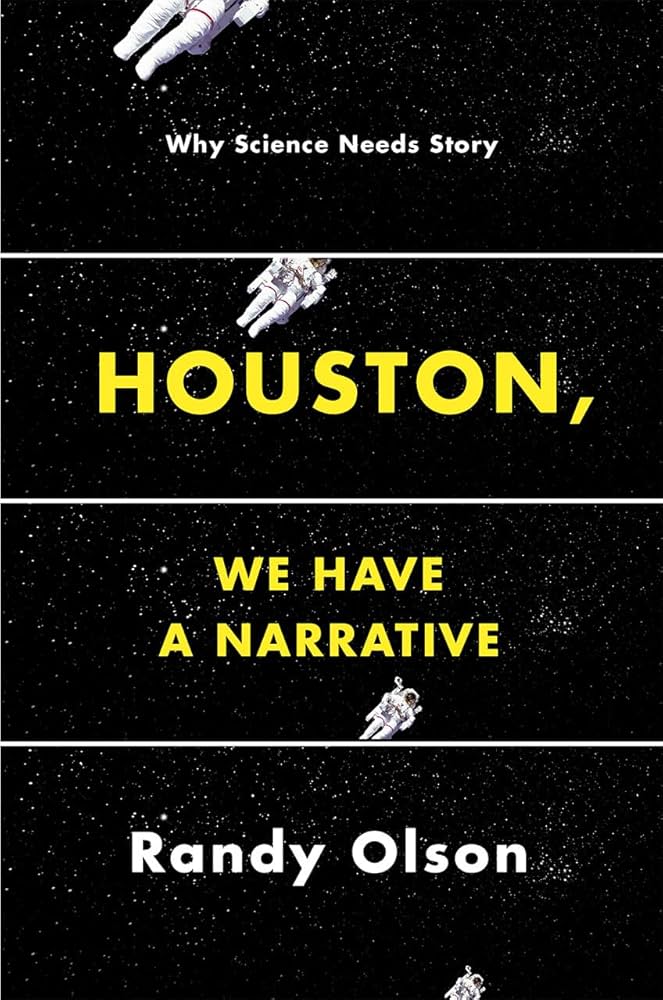Beginning – Why would they listen to you?
The beginning is all about making the panel members listen. You cannot assume that they are in the maximum attention mode right from the start. To come back to our stereotype: picture them, sitting at a long conference table, in a warm, low-oxygen Brussels meeting room, at 4pm. They have been looking at a big screen projecting talking heads all day long. If they are like most people, they are tired.
A good presentation acknowledges the state of mind of the audience at the beginning. This starting point is predictable to a certain extend. The sub-optimal setting they are in (the Brussels meeting room) is part of it. Another aspect is the mix of specialisms present in the panel. From the beginning each bring their professional perspective. Say, you propose a qualitative approach. If you would interact with a panel of more quantitative orientation, you would start differently than when talking to fellow qualitative researchers. Use what you know of the panel to design a tailored beginning.
Apart from the panel specific properties, in general the beginning follows a comparable sequence of steps. It starts by catching the audience’s attention (surprise) with a hook. Then it continues with sketching the context from a known place (recognition) leading to understanding and caring about the final station of the beginning: the problem.

How to construct the beginning
The now following explanation reverts the chronological order of the story. We do so, because it is the most efficient way to construct your beginning. It starts with what is easiest and ends with the most difficult part. As you might wait with writing the introduction of your paper until you have finished the rest.
Problem
‘But, what we do not know is…’ This is how we often start the conversation about the beginning of a presentation. Academic research revolves around things being unknown. It is a lack of knowledge that inspires the attempt of finding things out. As clearly explained by Randy Olson in Houston, we have a narrative, the word ‘but’ (or an equivalent) signals the conflict that every story needs.
Text frame: The ABT framework
And, but, therefore. That is how former marine biologist and now film maker Randy Olson describes ‘the DNA of story’ in Houston, we have a narrative. Every story starts with a sequence of and this, and that, and such and so. It is what we already know. Then the word but introduces conflict leading to the necessity of action, indicated by the word therefore.

Context
The above defined unknown might be the thing that keeps you up at night. Most likely, this is not the case for the panel members. This is why you first have to invest in making them understand and care through providing the right context. Here you are framing. You present a way of looking at things that makes your approach a no-brainer. In a nutshell: you sketch an inconvenient situation and explain that the way out is obstructed by the lack of knowledge.
The ingredients for this exposition can be derived from the sentence you get if you fill in the ‘but, what we do not know is…’ line. This line contains some key concepts (usually two or three). Consider these concepts as the key characters in your presentation. While connecting them in a logical sequence towards the ‘but,…’ it often helps to assign character archetypes to them: victim, villain, and hero. Make your audience sympathise with the victim, fear the villain and long for a hero.
It could take this form:
You sketch how the life of the individual patient (victim) is impacted and mention the numbers of patients in order to demonstrate the severity of the disease (villain). Through sympathy for the individual case and the shock of the numbers, you can assume that your audience cares enough to listen to your explanation of what we know about the disease and that there are treatments. Then it is time to introduce the conflict. But, these treatments are insufficient, expensive, and causing side effects.
Randy Olson indicates that this part of the presentation is a sequence of elements connected by the transition word ‘and’ which indicates addition.
Tip: go back to the answers to the why this? and why now? questions of Step 4.
Hook
We are approaching t=0. Remember, the first effect you want to sort is surprise. The storytelling tool for this is the hook. It grabs the attention and pulls the audience into the story. The essence of it is simple: do something else. Something else then they expected. Some classical hooks are:
- Anecdote: ‘I vividly can recall my first day in the laboratory.’
- Example: ‘This is Suzan. I met her during my fieldwork in…’
- Fact: ‘Today more people are alive than have ever lived.’
- Rhetoric question: ‘Who wants to be unhappy?’
- Quote an influential person: ‘‘Everything should be made as simple as possible, but not simpler,” said Albert Einstein.’
- News: ‘Today I read in my newspaper…’
- Statement: ‘I believe we can eradicate extreme poverty within ten years. How? I will tell you in a minute.’ This is a classic way to buy yourself some time for a longer beginning.
Hooks work best if they are authentic. If you can connect with your own enthusiasm through the opening anecdote, question, or statement, your audience will detect this and feel connected with you and the story as well.